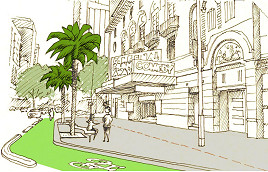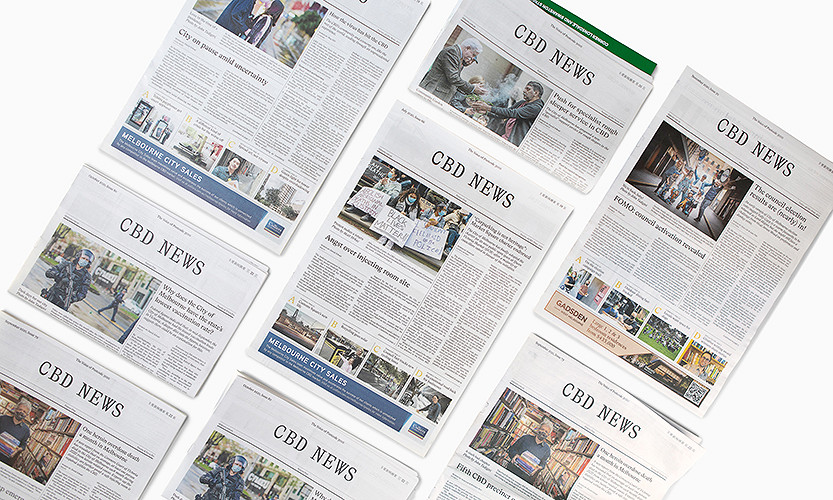Health and Wellbeing
By Kathryn Anderson
Going dry this July
Dry July is now in its eighth year.
Dry July encourages all of us to quit booze for a month.
As well as the health benefits that can be gained by going alcohol-free, the main aim of Dry July is to raise money for 47 beneficiaries to support adults and their families who are living with cancer.
As well as a clearer head and fewer hangovers, there are many benefits to going dry such as helping your hip pocket!
DJs (“Dry-July-ers”) are encouraged to sign up and ask their friends to sponsor their month-long sobriety and can be proud to contribute to the $20 million and counting that has been raised by this cause across Australia and New Zealand.
Major health risks have been identified from excessive drinking such as cirrhosis of the liver and pancreatitis, even low to moderate drinkers can, amongst other things have a higher risk of cancer.
So if going dry appeals to you this July, visit https://au.dryjuly.com, sign up and start helping yourself and others!
Nutting out ACL reconstructions ACL (anterior cruciate ligament) injuries are commonly seen in our practice, from Aussie Rules footballers, to soccer players and just plain-old dance floor injuries.
They generally happen when a person rotates on a fixed knee (such as Chris Judd’s recent injury), or hyper-extends their leg and if the resultant strain means that the ligament ruptures (separates completely) then the person becomes a candidate for an ACL reconstruction.
The decision to have surgery depends mostly on the person’s future sporting ambitions.
If you plan to be sedentary or only do sports that require straight line movements like jogging, then you don’t necessarily have to go under the knife. If surgery is the chosen option, patellar tendon and hamstring grafts are traditionally used but since 2008, the LARS graft has come on the scene.
The LARS is popular as the rehab period is only four months compared with 12, however three out of six AFL players who underwent the LARS between 2008 and 2012 re-ruptured their ACL, meaning there’s still questions over its ability to withstand the strong forces of AFL football.
Dealing with soft tissue injuries
Sprains and strains are the “Achilles Heel” of those who participate in sport.
Between the braces, creams, and tablets that are available, treating soft tissue injuries has become a multi-million dollar industry.
If you’re looking for the secret to helping your injury, stick to a few basic rules.
The first 48 hours is crucial to the long-term outcome. Despite the fact that we all learnt the RICE rule many moons ago, it’s still the rule that every elite sporting club in the world abides by.
Rest it for 48 hours and make sure you ice, ice, ice! Have it properly diagnosed.
Is it a muscle strain? Is it a ligament strain? Is a scan required to assess the degree of the tear, or is it referred from a nerve?
Avoid the HARM factors in the first 48 hours: Heat, Alcohol, Running and Massage.
As tempting as it is to have it “rubbed out”, incorrect treatment will prolong your recovery time.
Whatever your soft tissue injury is, going back to basics especially in the first two days will get you up and running quickly.

Council endorses office tower at Flinders Lane despite querying car park demolition



 Download the Latest Edition
Download the Latest Edition